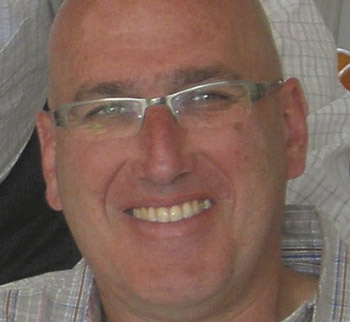This season in Israel is unique. Beginning with the preparations for Pesach and concluding at Shavuot and beyond, this time of year is jam-packed with holidays and days of commemoration. Not even a week after Passover and Mimouna, we somberly observe Yom Hashoah. A week later, we experience the annual catharsis of Yom Hazikaron and Yom Ha’atzmaut one day after another. Ten days or so afterward, our kids take immense pleasure in the night-long bonfires of Lag b’Omer, the most environmentally unfriendly day of our yearly calendar, and before we get to Shavuot, we either celebrate or commemorate Jerusalem Day.
To add to this schedule, only a fortnight after Shavuot, school will be out for junior high and high school students, and teachers know they must cram in most of the annual curriculum by Pesach break, as teaching anything substantial during the remaining eight weeks of the school year is almost impossible.
And the weather. If you’re here this time of year, you’ll certainly enjoy a mostly wonderful springtime climate, but inevitably you’ll probably also endure a Middle Eastern meteorological phenomenon known as chamsin, from the Arabic, or sharav in modern Hebrew. Several times during this season, we’re afflicted with strong, dry, hot winds originating from the deserts of northern Africa, bringing with them blistering hot temperatures, often making these some of the hottest days of our year.
That would be bearable, but what these winds also bring with them are inordinate quantities of fine desert sand, which covers huge swaths of the country, creating a thick, orangey otherworldly haze. Infants, old people and anyone suffering from pulmonary or cardiological conditions are warned to stay indoors. The haze severely limits visibility, and even airports are sometimes temporarily closed.
These easterly winds are also the bane of homeowners, for no matter how tightly we seal and shutter our homes, the fine sand seems to permeate everything, leaving exorable layers of dust on everything indoors and out. Invariably, a chamsin hits the country just after everyone has finished their Pesach cleaning, adding a plague-like ambience while we prepare for our one seder – a definite advantage for those of us living in Israel. I can no longer fathom partaking in two.
Within this seasonal mishmash, next Monday we’ll commemorate Yom Hashoah, one of the most significant days of my yearly calendar. Sunday evening, restaurants, pubs, cafés and theatres will close. Flags will be lowered to half-mast. At 10 a.m. Monday, air-raid sirens will sound around the country. Vehicles will stop wherever they are and most everyone will stand for two minutes of silence. Major ceremonies will take place at Yad Vashem and at several other special venues. Schools and military bases will hold assemblies and other acts of observance.
Throughout the day, radio and TV broadcasts will reflect the day’s gravity. Documentaries will predominate. I find myself riveted to the stories only now being told on film and in other media. As the generation of survivors becomes smaller and smaller, many are now willing to tell their remarkable tales of suffering, bravery and compassion, before it’s too late. Each story adds yet another stratum to the incomprehensible wholeness of the Shoah.
I find myself phoning my dad several times more often than usual on this particular day. He survived the war in Holland as a child, and Yom Hashoah seems more and more difficult for him with each passing year. Scars that have never really healed are reopened on this day – some I will never know, others I will never be able to understand.
And once that sober day is over, we’ll begin thinking of Yom Hazikaron and planning our picnics in nature with friends on Yom Ha’atzmaut.
I know you observe all these days in Canada, too, but here in Israel, they’re a much more intrinsic part of everyday life, and the transition from one to another is simply more complex.
